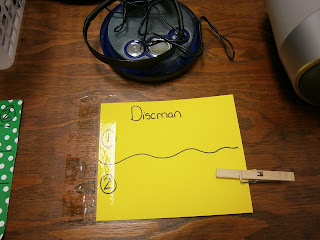This is the next in a series of blog posts dedicated to the AMAZING book Little Big Minds by Marietta McCarty. You can view the previous blog posts here:
Topic: This theme is centered around students
defining in their own words, “What is happiness?” I think as adults, we have a lot to learn
from children about happiness. It seems
that most children have this consistent happiness about them. McCarty has her students explore this
definition and then examine things that we mistake for happiness. A few resources McCarty uses to explore this
topic is having students listen to “Here Comes the Sun,” E.E. Cummings’ poem
“who knows if the moon’s / a balloon,”
and Edna St. Vincent Millay’s “The Fawn.”
Philosophers: Epicurus and Charlotte Joko Beck are
the philosophers that McCarty bases this them of happiness from. Epicurus was an Athenian citizen that left
the main part of town and built just a house and a garden. His teachings are mainly about living a
simple life. He says that if we get rid
of all the “extra stuff” we will be happy.
Charlotte
Joko Beck is a woman that studied Zen Buddhism in her forties. Beck teaches that happiness comes from within
and in order to have that happiness from within, we must take the time to look
inside ourselves. An interesting point
that Beck makes is to just sit. It seems
like we are all so caught up in doing something that we never just sit.
Meditation
is something that McCarty introduces to her students to mimic the teachings of
Epicurus and Beck. A few resources that
McCarty recommends using to expand on recognizing our happiness is the book,
“The Phantom Tollbooth” and the film, “You’re a Good Man, Charlie Brown.”
Simplicity: The goal of this discussion is for students
to begin to think about Needs and Wants.
Once they decide that clothing is a need and clothing with a name brand
is a want, they can begin to realize how to live a simple, uncomplicated life. An exercise McCarty has her students do, is
to find things in their home and make a list of Necessary/Happiness and
Pleasure/Wants. Also, my favorite part
of this chapter is having students dance to Aretha Franklin’s “I Say a LittlePrayer.” Students learn that dancing and
happiness coincide with each other.
Creating
Balance: Meditation is a wonderful activity to teach students.
This allows them to see what it feels like to just sit and listen to
their thoughts. McCarty explains how
students experiences after meditating are quite descriptive which shows how
beneficial it can be for them. She also
describes how using a Frisbee to show students a visual of how meditation can
help you reach your center (through meditation). Once they reach this center, they can begin
to balance their thoughts, lives, etc.
Finding time each day for some meditation/quiet time can be beneficial
to students with their everyday hectic lives.
They need time to just slow down for a few minutes.
Here is a fun link to guide students through meditation: Do as One
How will you teach your students about happiness? What will they teach you?















